How to pronounce bonjour
Do you find the information below useful? If you do, you can get guides like it for 1,000+ French words by downloading this app for your iPhone or iPad.
| b | 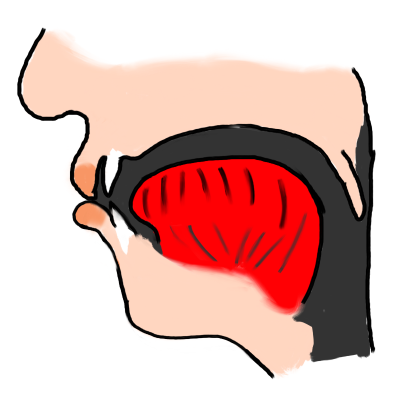 | As with French 'd' and 'g', when you pronounce a French 'b', try to make your vocal cords vibrate all the time your lips are closed (but without the air escaping through your nose as in an 'm' sound). Try to "force some extra air" towards your closed mouth, but without it coming out through your nose. This can take some practice for English speakers! | |
| õ | 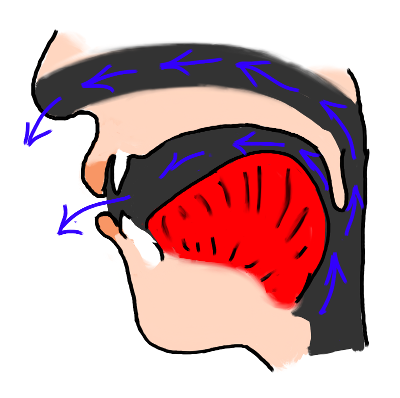 | The French 'nasalized o' is pronounced with the lips in a similar to position to the 'close o'. However, the vowel is nasalized: air escapes through the nose as well as the mouth. | |
| ʒ | 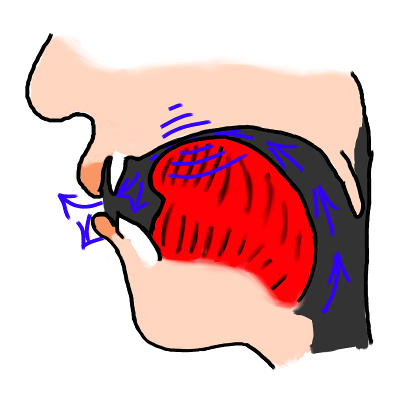 | This sound is the sound represented by the 'g' in "beige", or the 's' in the English word "leisure". | |
| u | 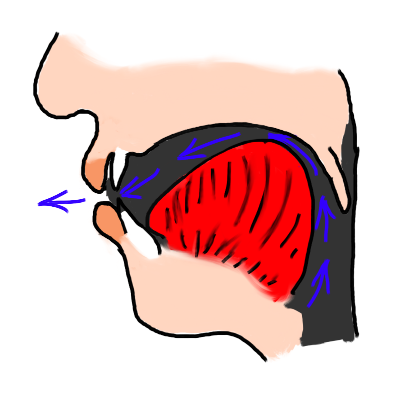 | The French 'ou' vowel is pronounced with the back of the tongue "pushed up towards" the back of the mouth and the lips rounded. The back of the tongue is not quite as close to the roof of the mouth as in the French 'close o' sound. | Notice how this vowel is lengthened here before the r sound at the end of the word. |
| ʁ | 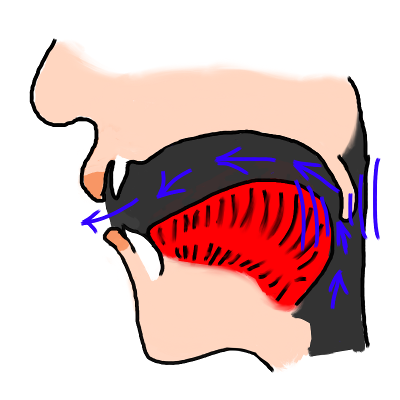 | The French 'r' is generally what is technically called a "uvular fricative". In simple language, that means you bring the back of your tongue close enough to the back of the mouth that it causes friction (the "raspy" sound that you hear) with the escaping air. | |
| ə | 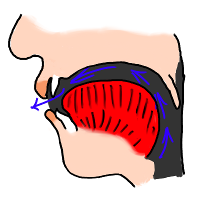 | The 'schwa' or 'neutral e' is pronounced with the tongue in a "central, relaxed" position and the mouth also in a 'half open, relaxed' position. Note that many French speakers actually tend to pronounce this vowel as a 'close eu' vowel (as occurs at the end of words ending in -euse), or at least with some rounding of the lips. | Notice how this sound is pronounced as a little "off-glide" at the end of the word even though there isn't an -e in the spelling. It doesn't receive stress, and would typically disappear when followed by another word. |